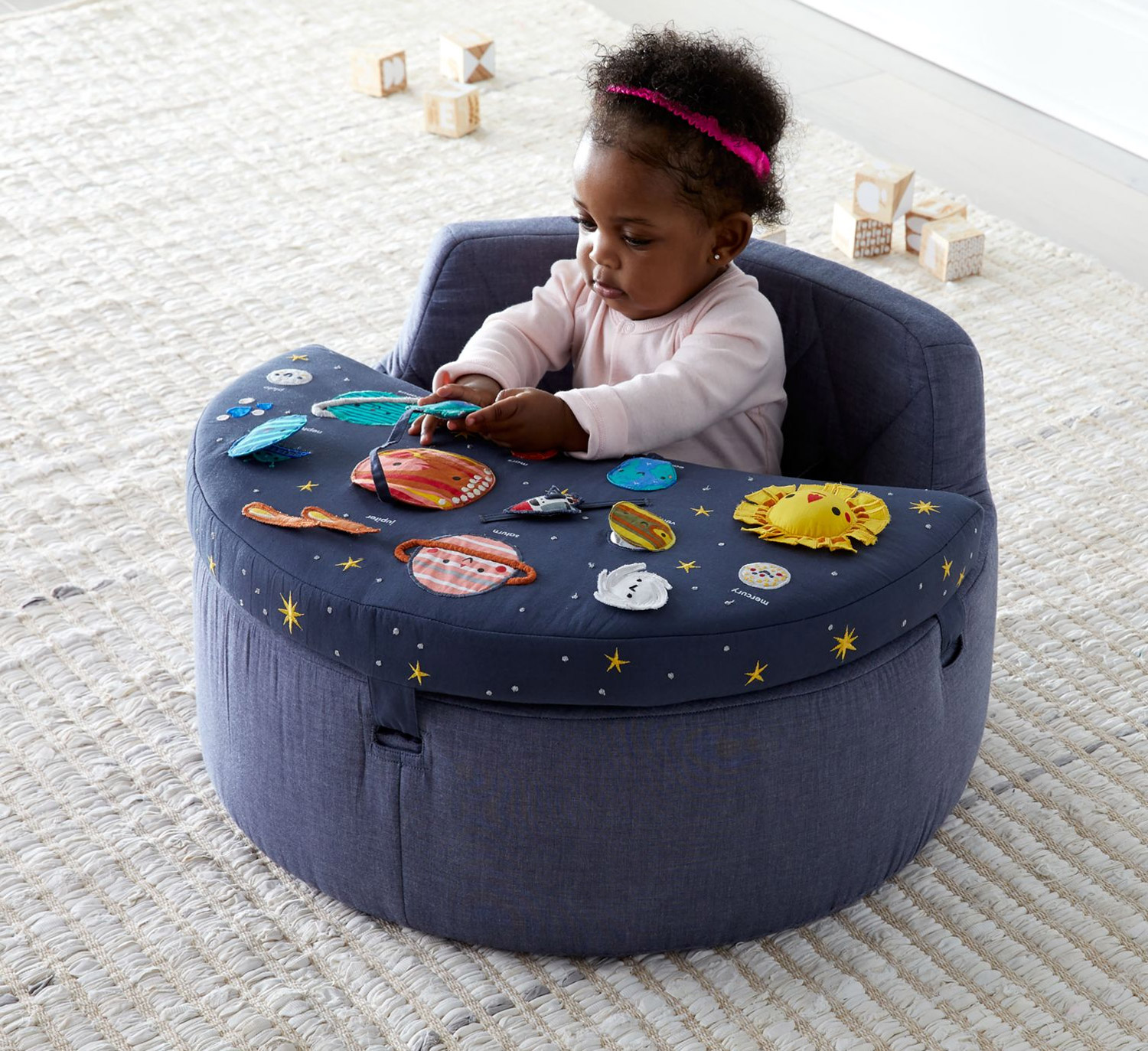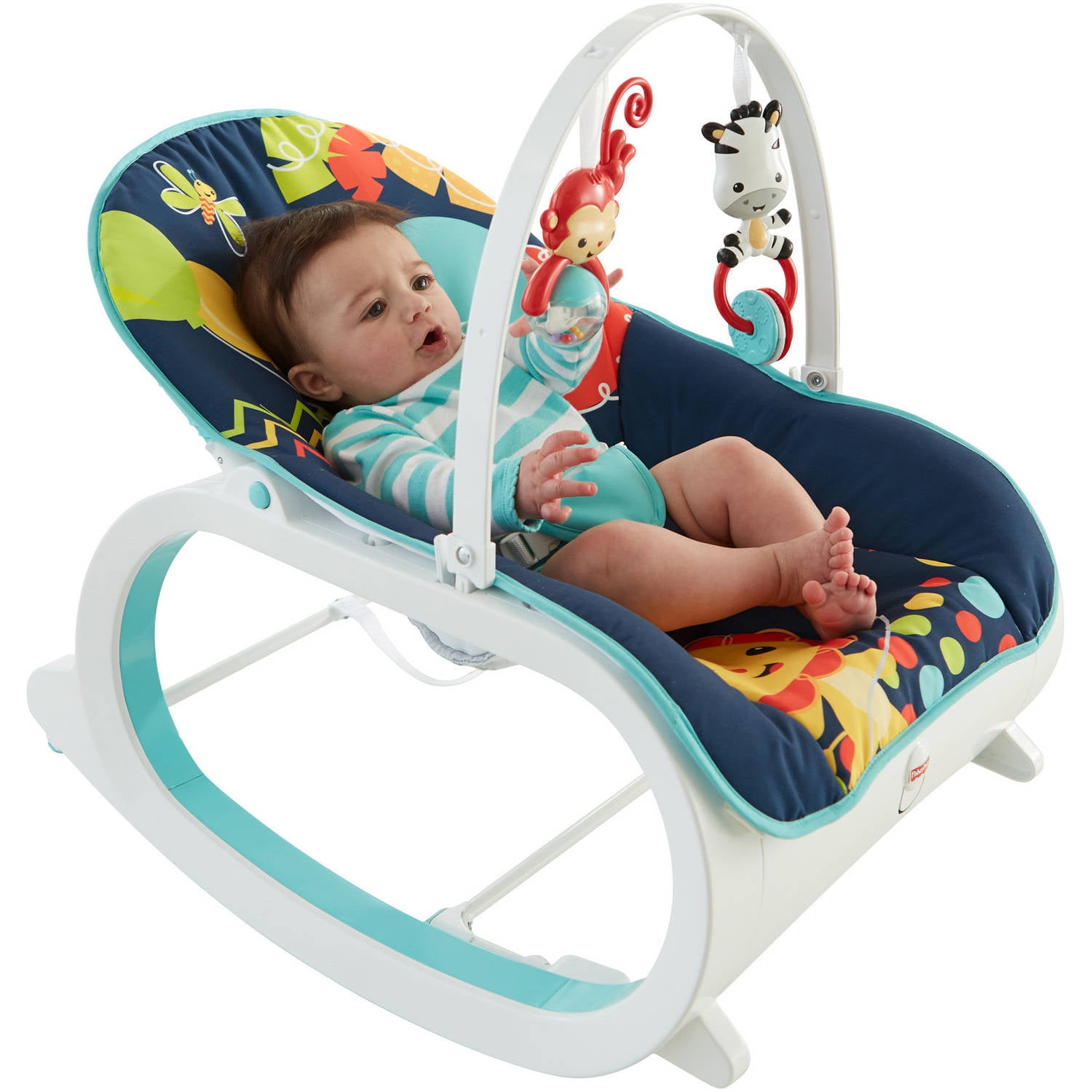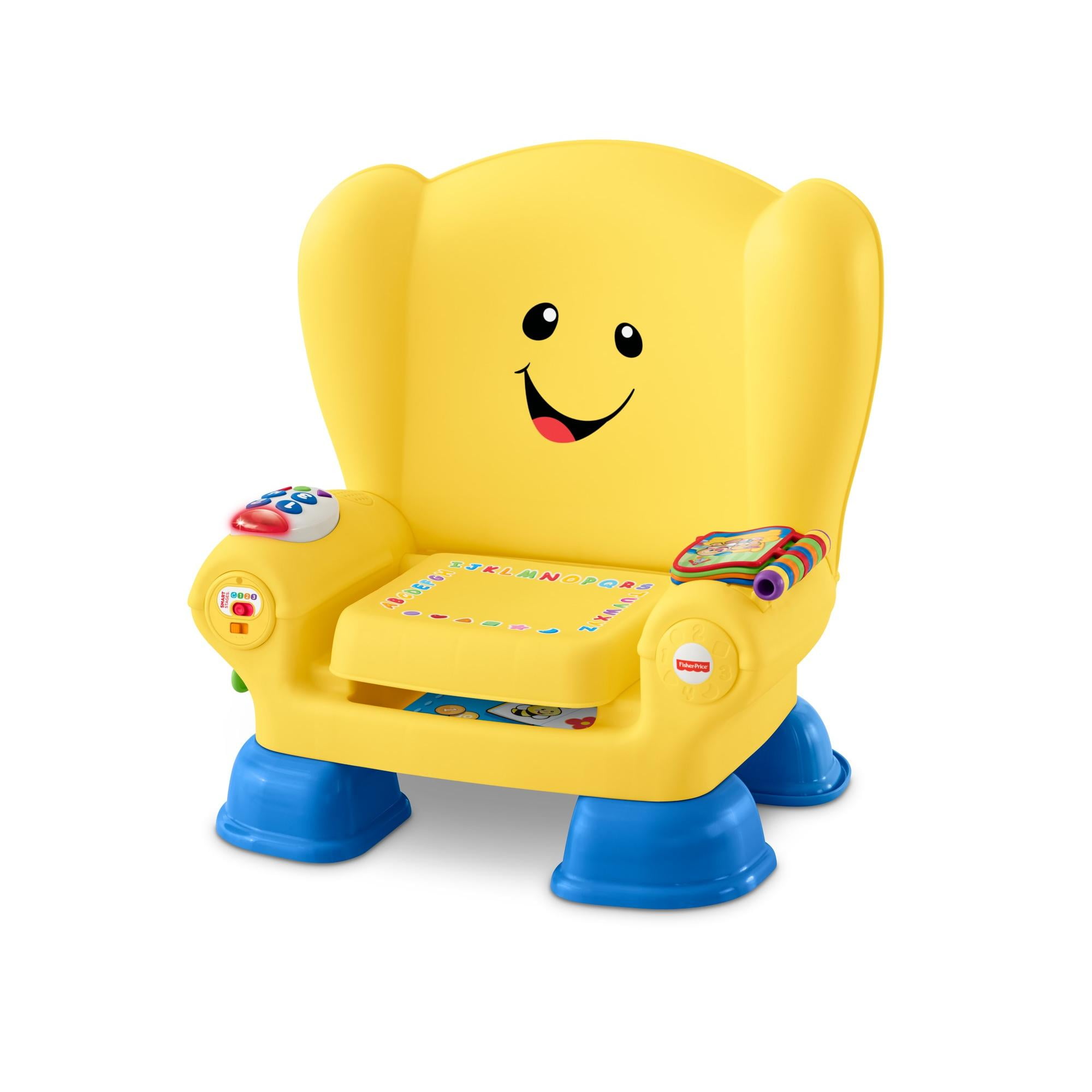Introduction to Learning Chairs for Babies

Learning chairs for babies, also known as baby walkers, are designed to help infants develop their motor skills and explore their surroundings. These chairs provide a safe and controlled environment for babies to learn to stand, walk, and move around independently.
Learning chairs offer numerous benefits for babies, promoting their physical and cognitive development. They help babies develop their balance, coordination, and strength. Additionally, these chairs allow babies to interact with their environment, stimulating their curiosity and promoting social interaction.
Types of Learning Chairs
Learning chairs come in various styles and designs, each offering different features and benefits. Here are some of the most common types:
- Traditional Walkers: These walkers feature a sturdy frame with wheels and a seat for the baby. They often include a tray for toys and snacks. Traditional walkers allow babies to move freely around the house, but they can pose safety risks if not used properly.
- Activity Centers: These learning chairs offer a variety of activities and toys to engage babies. They often include features like spinning wheels, lights, music, and interactive toys. Activity centers encourage exploration and cognitive development, but they may not be as mobile as traditional walkers.
- Stationary Walkers: These chairs are designed to stay in one place and offer a safe and secure environment for babies to explore. They often include features like adjustable heights, swivel seats, and activity panels. Stationary walkers provide a stable platform for babies to practice standing and walking, minimizing the risk of falls.
- Foldable Walkers: These learning chairs are designed for easy storage and portability. They often feature lightweight materials and compact designs. Foldable walkers are ideal for families on the go or with limited space.
Key Features of Learning Chairs: Learning Chair For Baby

A learning chair is designed to help babies develop their sitting skills and explore their surroundings. Choosing the right chair involves considering various essential features that ensure both safety and comfort for your little one.
Safety Features
Safety is paramount when selecting a learning chair. Key safety features include a stable base and adjustable straps. A wide base provides a solid foundation, preventing the chair from tipping over. Adjustable straps securely hold the baby in place, minimizing the risk of falls.
Comfort and Adjustability
Comfort and adjustability are crucial for a positive learning experience. The chair should be padded and supportive, providing a comfortable seating position for the baby. Adjustable features, such as height and seat angle, allow you to customize the chair as your baby grows and develops their sitting skills.
Safety Considerations for Learning Chairs

Learning chairs, while designed for developmental support, require careful attention to safety to ensure your baby’s well-being. It is crucial to prioritize safety measures when using these chairs, as they can pose potential risks if not used correctly.
Proper Assembly and Adjustment, Learning chair for baby
Ensuring the chair is properly assembled and adjusted is fundamental to safeguarding your baby. Incorrect assembly can lead to instability and potential falls.
- Follow the manufacturer’s instructions meticulously. The instructions will Artikel the correct assembly steps and any specific adjustments required based on your baby’s age and size.
- Inspect the chair for any loose parts or defects. If you notice any issues, do not use the chair and contact the manufacturer.
- Adjust the chair’s height and straps to fit your baby securely. The chair should be at a height where your baby’s feet can rest comfortably on the floor, and the straps should be snug but not constricting.
Supervision
Constant supervision is essential while your baby is using the learning chair. Never leave your baby unattended in the chair, even for a short period.
- Babies can move unpredictably, and even a moment’s lapse in supervision can lead to accidents.
- Ensure you are within arm’s reach of your baby at all times. This allows you to intervene quickly if needed.
- Avoid using the learning chair in areas where there are potential hazards, such as stairs or sharp objects.
Other Safety Measures
- Choose a learning chair with a wide base for stability. This reduces the risk of the chair tipping over.
- Avoid using the chair on uneven surfaces. The chair should be placed on a flat, stable surface.
- Do not use the chair as a playpen or a place for your baby to sleep. Learning chairs are designed for supervised playtime and should not be used for extended periods.
- Monitor your baby for signs of discomfort or distress. If your baby shows any signs of discomfort, remove them from the chair immediately.
Remember, safety should always be your top priority when using a learning chair. By following these guidelines, you can create a safe and enjoyable learning environment for your baby.
Using Learning Chairs Effectively

Learning chairs can be a valuable tool for encouraging your baby’s development, but it’s essential to use them safely and effectively. By following these guidelines, you can create a positive and enriching experience for your little one.
Introducing a Learning Chair
Introducing a learning chair to your baby should be a gradual process. Start by placing the chair in a familiar and comfortable environment, such as the living room or play area. Let your baby explore the chair at their own pace, allowing them to touch, smell, and even taste it. Initially, keep the time spent in the chair short, gradually increasing the duration as your baby becomes more accustomed to it.
- Begin with short sessions, perhaps 5-10 minutes at a time, and gradually increase the duration as your baby gets comfortable.
- Always supervise your baby while they are in the learning chair, ensuring they are safe and secure.
- Make sure the chair is properly assembled and adjusted for your baby’s height and weight.
Engaging Babies in Learning Chairs
Learning chairs provide a platform for stimulating your baby’s senses and encouraging their development. Here are some ways to engage your baby while they are in the chair:
- Play music or sing songs to stimulate your baby’s auditory senses.
- Offer toys with different textures and colors to encourage exploration and tactile development.
- Hang mobile toys above the chair to capture your baby’s attention and encourage reaching and grasping.
- Engage in interactive play, such as peek-a-boo or making silly faces, to foster social and emotional development.
Gradually Increasing Time in the Chair
As your baby grows and becomes more comfortable with the learning chair, you can gradually increase the time they spend in it. However, it’s important to respect your baby’s cues and avoid forcing them to stay in the chair for extended periods.
- Monitor your baby for signs of discomfort or boredom, such as fussing, crying, or attempting to wriggle out of the chair.
- Offer breaks from the chair regularly, allowing your baby to move freely and explore their surroundings.
- Remember that every baby is different, so adjust the time spent in the chair based on your baby’s individual needs and preferences.
Learning chair for baby – Learning chairs for babies are a great way to encourage independent play and exploration. But what about those times when you need your little one to be close by, like during mealtimes or while you’re preparing food? That’s where a clip on baby chair comes in handy.
These versatile chairs can be easily attached to most tables and chairs, allowing your baby to sit safely and comfortably right beside you. This way, they can still enjoy the benefits of a learning chair, like improved posture and coordination, while being within your reach.
Choosing the right learning chair for your baby is a big decision, and you want to make sure it’s both comfortable and safe. You might be surprised to find that the same principles of comfort and durability apply to restoring a classic piece of furniture, like a wicker chair.
If you’re looking to refresh a worn wicker chair, consider reupholstering the seat. It’s a great way to breathe new life into an old favorite, just like finding the perfect learning chair can bring new joy to your little one’s development.
